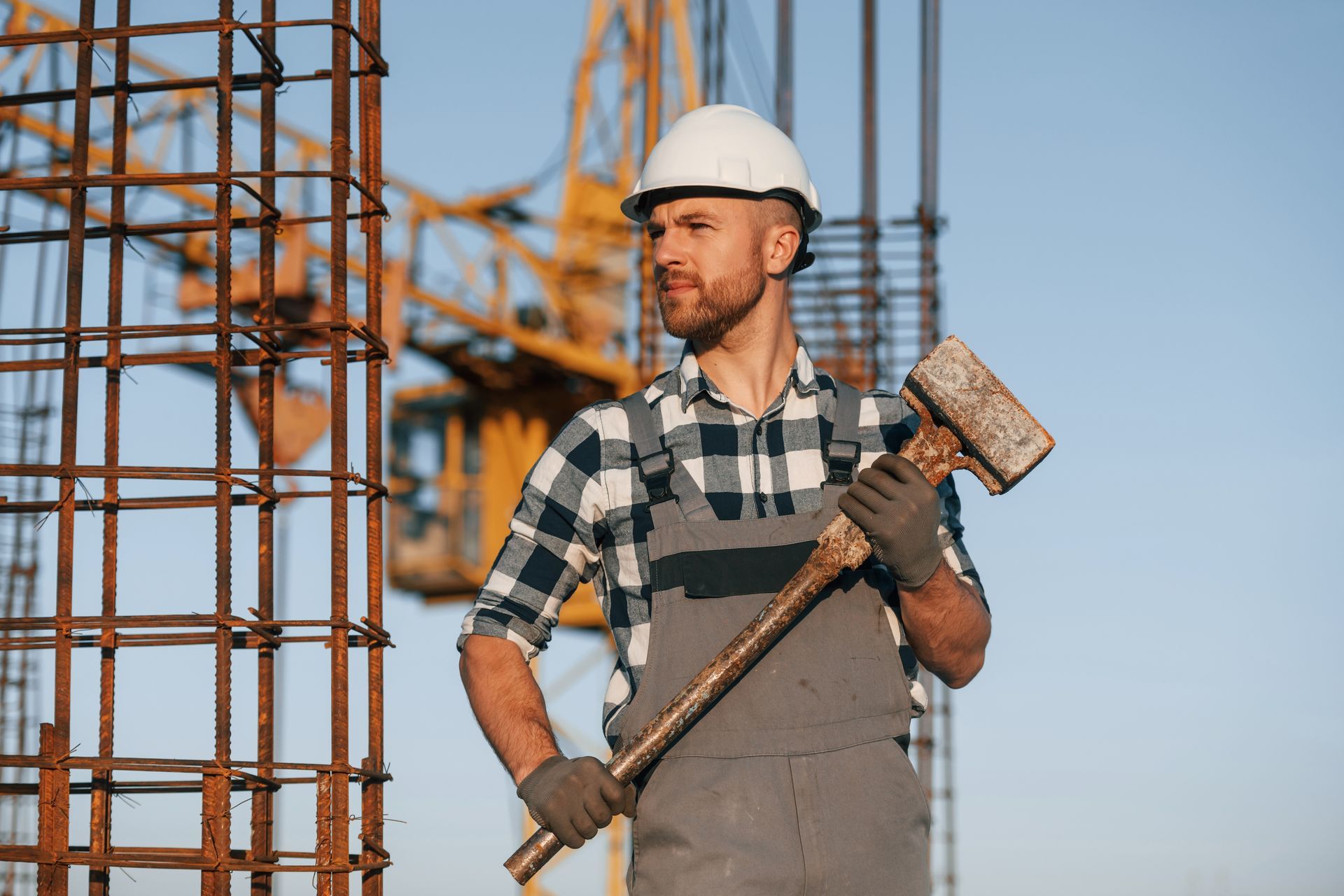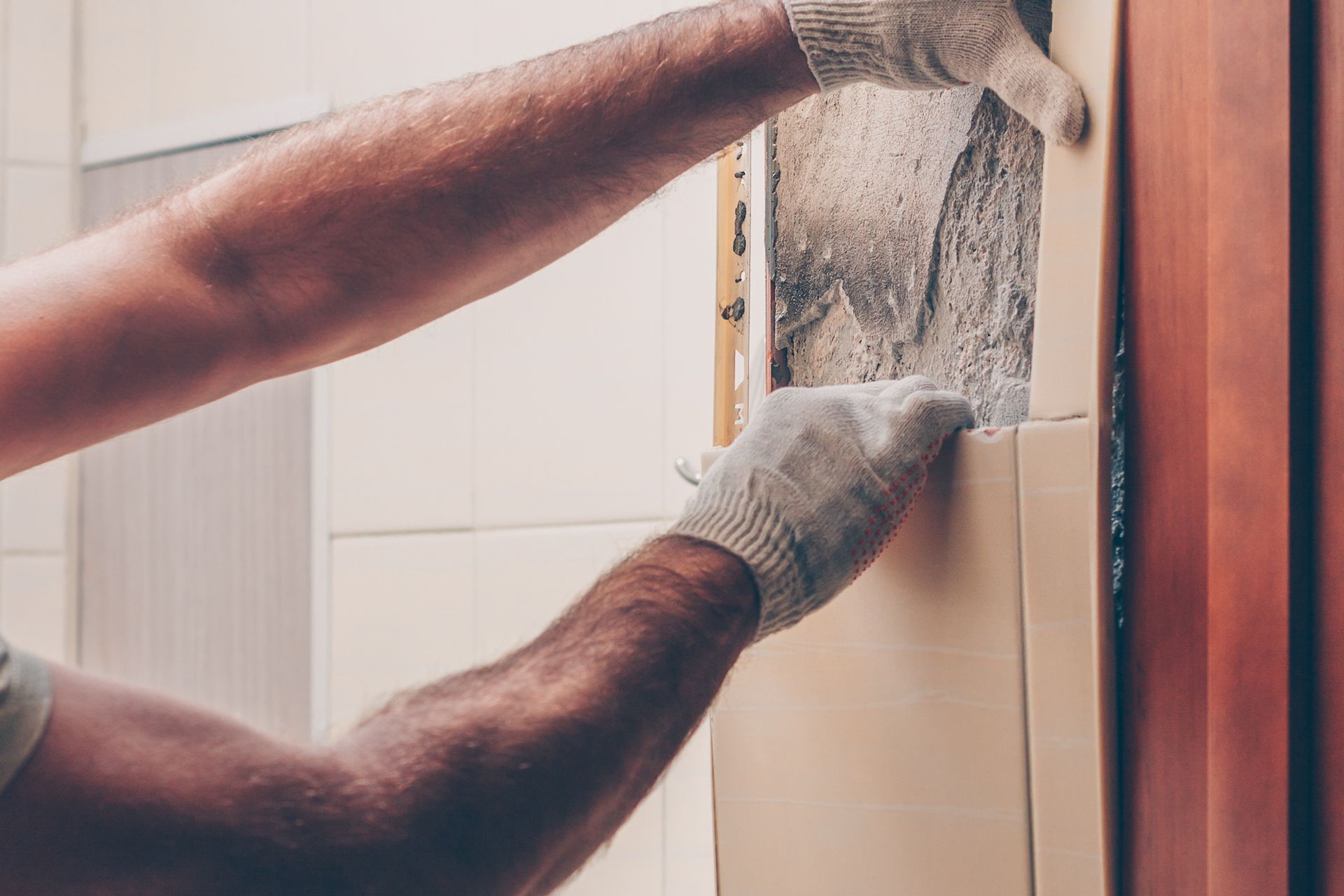INDUSCO ISOLATIONS INC.
Decontamination
Asbestos Removal Principles and Objectives
Buildings Intended for Destruction
The prior removal of materials containing asbestos must be carried out whenever technically possible.
Buildings in Use
If a diagnosis reveals the presence of materials containing friable asbestos (flocking, insulation and false ceilings) which constitutes a risk for the occupants of the building, the owner must work on it regularly.
The Steps for Efficient Asbestos Removal
Asbestos decontamination work must comply with the regulations in force, which aim to ensure the safety of those involved and of the environment. It requires specific equipment and protection systems.
Before starting the decontamination operations, a dusting is performed and the premises are moved. All equipment (networks, removable partitions, fluids, doors, etc.) that is not in direct contact with asbestos and that is not contaminated by fibres is removed.
The area to be treated is then confined. This containment prevents any leakage of asbestos fibres from the site. For this purpose, the walls are protected, and the work area is sealed by static or dynamic techniques.
Dry Removal
Dry dismantling (or curing) consists of removing materials that have been in direct contact with or contaminated by asbestos fibres (false ceiling tiles, networks, etc.) to gain access to materials containing friable asbestos. Materials made accessible can be removed. The preferred removal techniques have the following advantages:
Wet Removal
This technique is the most effective in reducing dust emissions. The asbestos material is completely saturated with water before being removed. Once the asbestos is removed, the surfaces are brushed and then vacuumed. Multiple inspections are performed before the site is dismantled:
If the inspection is satisfactory, the first layer of containment is removed. Restitution measurements are performed 48 hours later, to allow ambient dust to settle. When the dust level is less than 5 fibres/liter of air, the air extraction and the containment barriers are removed, and a final cleaning is performed.
After dismantling and before the re-occupation of the premises, the owners must perform a final inspection of the treated surfaces by an independent construction technician. The visual inspection is completed by a measurement of the dust level. If it is less than 5 f/l (rate satisfying the fire safety regulations), the premises can be re-equipped, then reoccupied. If the work did not allow the removal of all the asbestos-containing flocking, insulation and false ceilings (case of confinement), a periodic control of the state of conservation of the materials will have to be carried out every 3 years (minimum) or at the time of any substantial modification brought to the building or of its use.

Contaminated Waste Management
Before and during the extraction of asbestos, polluting waste is evacuated from the building sites. The elimination process must be done according to the environmental codes, and is divided into three categories:
Category 1
Category 2
Category 3
Category 1 and 2 waste is placed in waterproof bags inside the site and transported to the "waste" airlock. The bags are cleaned once, placed in a second bag which is washed before leaving the confined area, and placed in large bags to facilitate their handling.
This last waste, labelled as hazardous, is sent to the treatment centres for inerting or burying, depending on its nature. An asbestos waste tracking slip ensures their traceability. The treatment centre returns the last part to the project manager, accompanied by a waste acceptance certificate. After the treatment, it delivers a certificate confirming that the waste has been treated. Category 3 waste, known as "cleanable" waste, is washed in the "waste lock" and then treated in a conventional landfill.
It is important not only to take the presence of asbestos in a building seriously, but also to leave the decontamination to asbestos removal experts who will be able to solve the problem by rigorously following the protection rules, for the health and safety of all.




